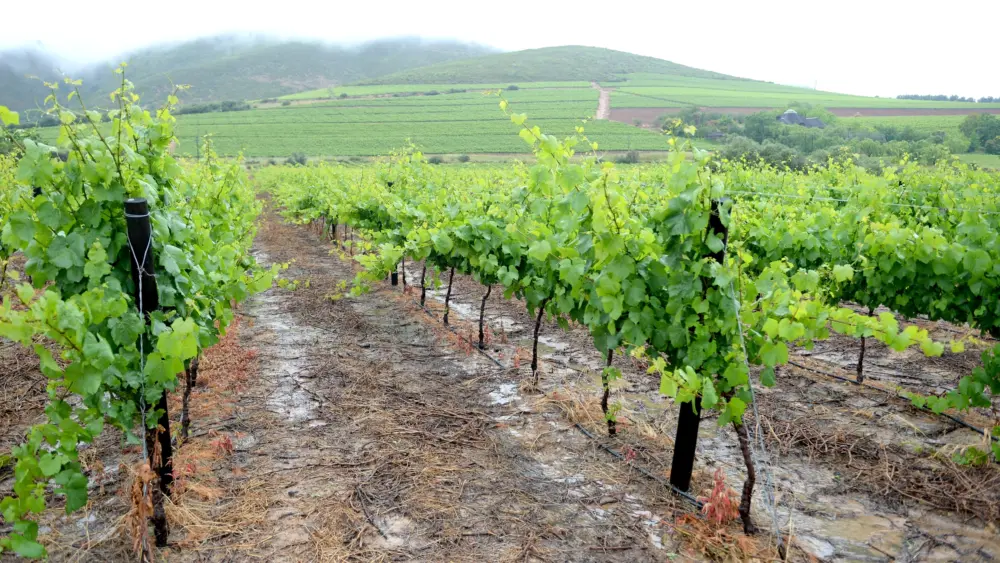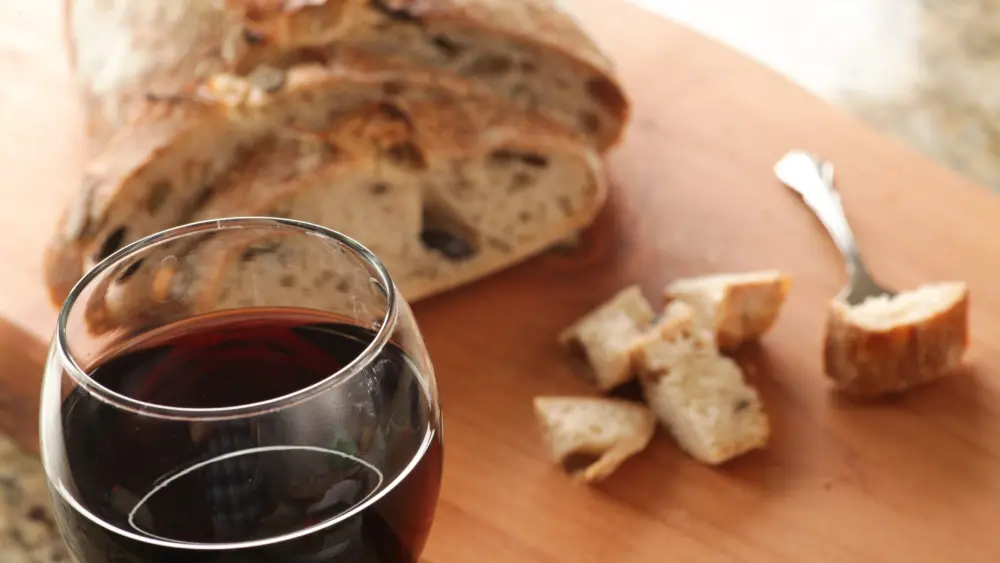As wine businesses continue to evolve, it’s important to know what the value proposition of wine actually is for most consumers.
The future of wine will be synthetic, according to a few new winemakers, who says they’ll create wine in a test tube instead of a vineyard and winery. If you’ve read my ramblings long enough, then you know I’m bound to talk about the mechanization of nearly all things wine. Why? Partly because I’m a scientist, so it intrigues me. But also because I believe this will be the source of both the industry’s greatest opportunities and its greatest threats.
Grapes can now be planted, pruned and harvested using machines, GPS and weather-station data. Once in the winery, grapes can be sorted using high-speed optical readers that reject flawed berries, stems and leaf bits using precision blasts of air. Once in the tank, fermenting grapes can be regulated remotely (often via a smartphone app) to change temperature, initiate pump overs and even add yeast and nutrients.
As wine continues to ferment, DNA tests can indicate if a population of harmful microbes is on the rise before they cause off-flavors to form. Once a wine is finished, other ingredients can be added to increase its mouthfeel, texture and flavor, and when a wine has too much alcohol or a flaw (such as volatile acidity), these can be removed by centrifuge or reverse-osmosis filters.
What used to take hundreds of hands can now be done by only a few.
At around $250,000 per machine, optical sorters are becoming ubiquitous, and with improvements in technology and a steadily falling price point, this trend will continue. A recent segment on CBS Local interviewed Hall Wines in Napa Valley, which proudly highlighted how optical sorters reduced the need for human labor, saying a robotic sorter was doing the work of at least 70 people—and five times faster.
I know many winemakers who now prefer machine-harvested grapes to hand-harvested for practical reasons: They can get the grapes exactly when they want them, because the machines are faster and more efficient than their human counterparts—and the harvested fruit is actually in better shape (yes, better). Some mechanical harvesters now have attached optical sorters, meaning winemakers may soon be presented with macrobins full of pristine grapes straight from the vineyard. You’re probably thinking, “This might be OK for a certain type of wine, but consumers will always value hand-crafted wines grown using organic, biodynamic techniques—and they’ll be willing to pay a premium for them.”
Maybe, but what if wine of the future might not require any of the above technology? What if wine could be made without anything but a set of chemical inputs, optimized to mirror the aromatics, flavors and textures of the finest wines of the world? Is this crazy talk? The founders of Ava Winery in San Francisco don’t think so.
“We recently engineered a sparkling wine, inspired by 1992 Dom Pérignon Champagne, using our proprietary methodology,” says Alec Lee, co-founder of the new startup winery. “We’re now at the point where about 90 percent of people fail our blind taste tests.”
If wine is nothing more than a collection of molecules (according to Lee, roughly 85 percent water, 13 percent ethanol and several hundred compounds in small quantities that give it flavor, aroma, color and other characteristics), then why not just come up with a clone of a particular wine’s profile and mix it up in the lab? Cut out all the trouble, cost and negative environmental impact of farming and processing grapes and start experimenting with what tastes good.
When I told my Old School winemaker friend, Bob, that Ava’s wine purports to have savory, earthy flavors with nuances of citrus and stone fruit, he was quick to reply. “Sounds delish,” he said, sarcastically. “Put my fake wine in a CamelBak, so I can sip while using my phone to monitor my recent fermentations in tank while the robotic vacuum cleaner hunts down stray bits of detritus in my living room.”
According to Lee, people of the future won’t consider the wine fake, but instead will think of it as just another wine. “This is the future,” he says. “Wine is one of the most socially important foods out there, but it also takes 500 to 1,000 liters of water to make one liter of wine. And although it’s generally healthy, there are many elements we won’t need to include in ours—like sulfites. Our version will be more environmentally sustainable, lower cost, comparable or even better tasting than its counterparts and will be able to be made anywhere, anytime.”
As wine businesses continue to evolve, it’s important to know what the value proposition of wine actually is for most consumers. There will be many paths toward the future of wine and, as you consider which road you’ll take, my hope is that you occasionally pause—take a moment to breathe and think about what it is that makes you want to be in the wine business in the first place.
Author
-

Tim Carl lives, writes and teaches in Calistoga. He grew up in St. Helena and traces his Calistoga grape-growing roots back five generations. You can reach him at tcarl@northbaybiz.com.
View all posts



